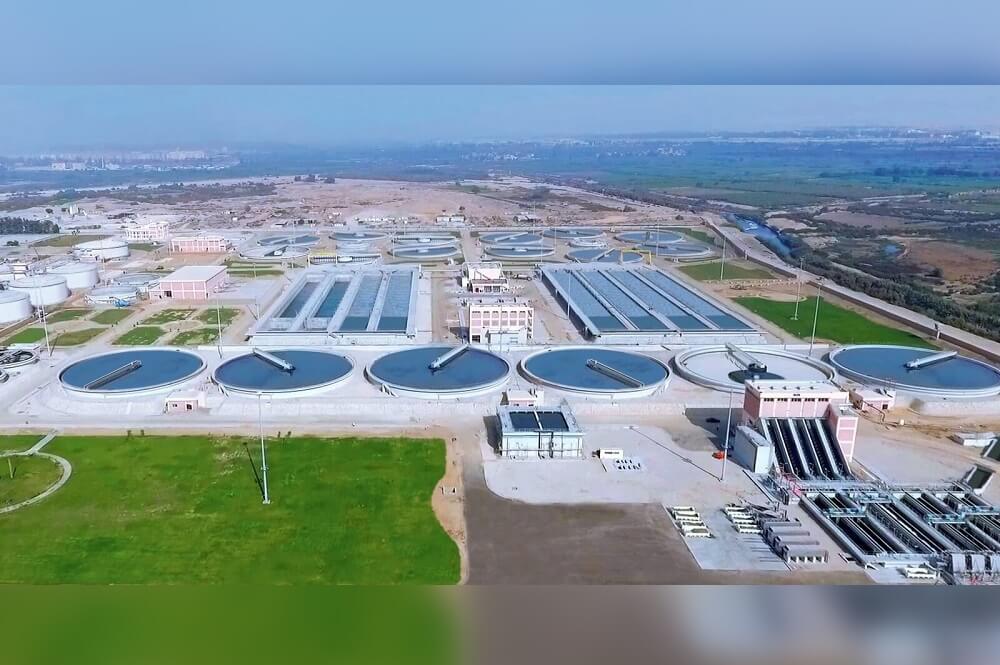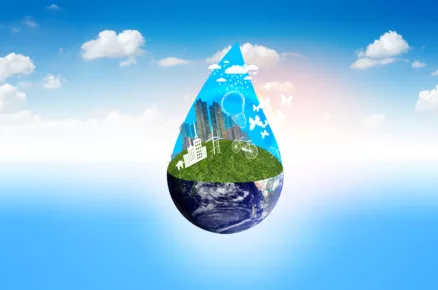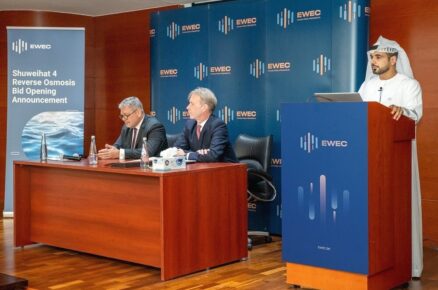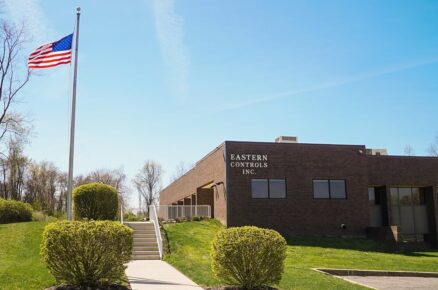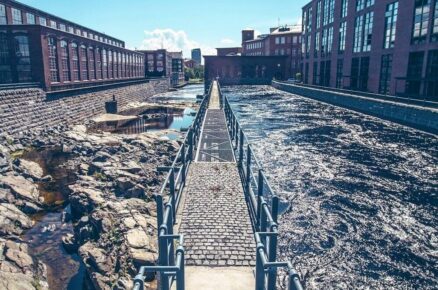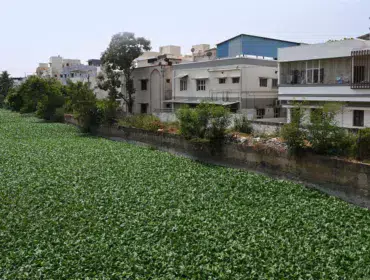The WWTP treats the wastewater of four million residents of Cairo and features an experimental plot of land for the agricultural use of dehydrated sludge.
WD News: The state agency that manages urban services in Cairo has awarded ACCIONA – in consortium with the local company DHCU – the operation and maintenance of Phase 1 of the Gabal El Asfar Wastewater Treatment Plant (WWTP) in the Egyptian capital, which has a total capacity of 1.5 million m³/day.
In addition to the operation and maintenance of the WWTP, the contract includes the extraction and agricultural use of sludge in the adjacent plot of land and the execution of a series of upgrades, including the installation of new gasometers, the renovation of the sludge dehydration system and the implementation of a new monitoring and supervisory control system (SCADA).
The initial duration of the contract is eight years, valued at €87.58 million, including operation, maintenance and improvement activities. In addition, it includes an additional €45 million for the execution of other upgrades and replacements in the course of the contract.
Gabal El Asfar is the largest wastewater treatment complex in Africa and the Middle East, and the third largest one in the world. Phase 1 is the oldest phase of the complex and has a water processing section that includes pretreatment, primary decantation and a conventional activated sludge process with final effluent disinfection. The sludge processing consists of a thickening phase, anaerobic digestion with biogas production and energy recovery, and sludge dehydration through belt filters.
ACCIONA will work with DHCU, the current operator of the plant, in order to optimise the operations at the facility and modernise the processes by implementing the planned improvements.
The WWTP treats the wastewater of four million residents of Cairo and features an experimental plot of land for the agricultural use of the dehydrated sludge. The treated water is then used for irrigation and fruit harvesting.
Source & Image Courtesy: ACCIONA




